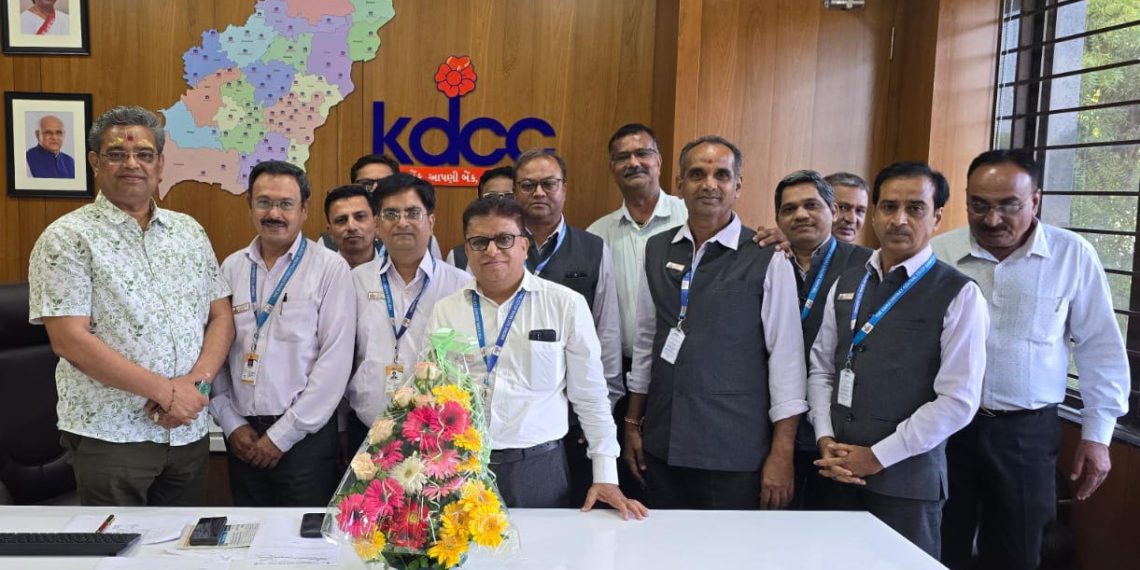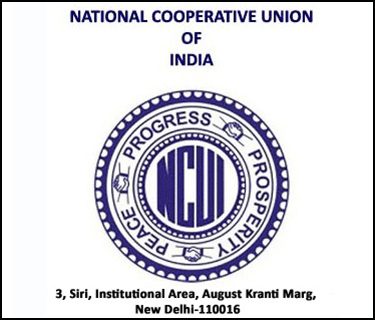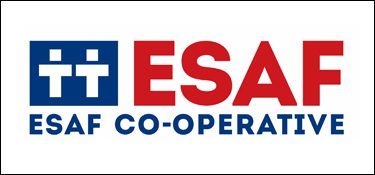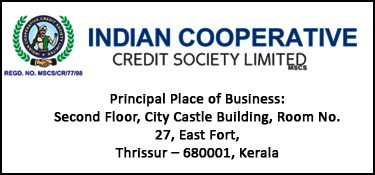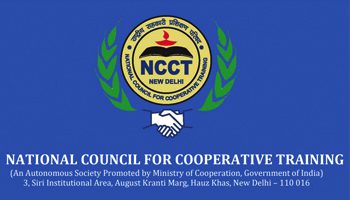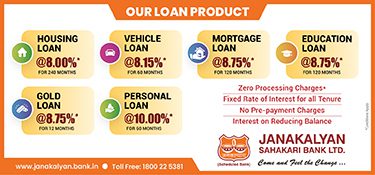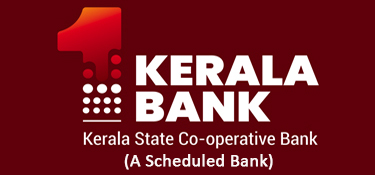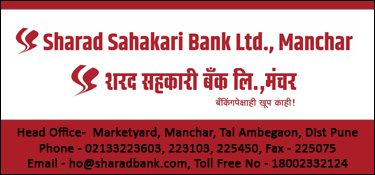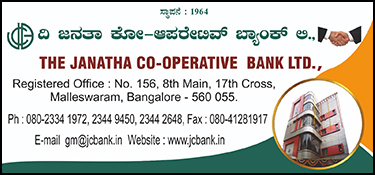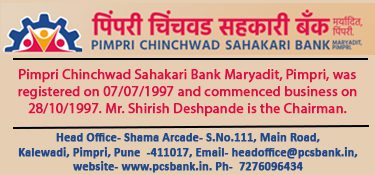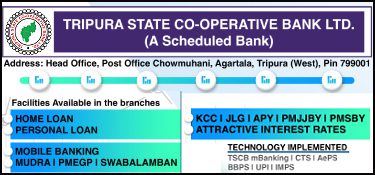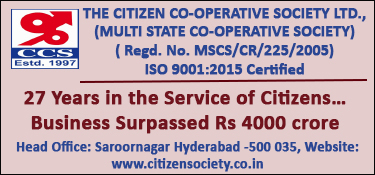Gujarat-based Kheda District Central Cooperative Bank (KDCC) has marked a remarkable growth trajectory with substantial improvements in its operations. As of 31st March 2024, the bank’s Non-Performing Assets (NPA) have been reduced from 8.21% to 3.65%.
This achievement has paved the way for the bank to secure approval from the Reserve Bank of India (RBI) to initiate net banking services and expand its infrastructure by opening new branches and facilities.
Interestingly, KDCC has not opened a new branch since 2013, but with the RBI’s approval, the bank is now set to open six new branches. The bank, under the leadership of renowned cooperator Tejasbhai Patel, is undergoing a transformation that reflects his dedication and strategic vision for the cooperative sector in Gujarat.
In a significant move, the bank has started the initiative of opening accounts for all cooperatives in the district central cooperative banks, with a focus on the local milk societies. These cooperatives have now been converted into Business Correspondents (BCs) and have been equipped with Micro ATMs to facilitate seamless payment services.
Additionally, KDCC Bank is offering financial support for solar installation at homes through the Pradhan Mantri Suryodaya Yojana. Under this scheme, customers can avail up to 90% in loans, with a 10% margin, and become owners of the solar panels by paying an installment amount equivalent to their electricity bills, thereby eliminating the need to pay traditional electricity bills.
In keeping with technological advancements, the bank has introduced WhatsApp banking, allowing customers to access account statements, balance information, and updates on the latest deposit and lending rates. Services such as credit scheme information, cheque book requests, branch details, positive pay, and ATM card block are also available through this platform.
KDCC Bank has also become the first district cooperative bank in Gujarat to implement a Loan Management System (LMS), streamlining the loan application and approval process. The LMS module digitally receives and processes loan applications, enabling customers to secure loan approvals within a fraction of the previous processing time, reducing delays by 90% and enhancing the customer experience.
To facilitate professional management and decentralization, the bank has divided its 84 branches into 9 regions. A dedicated marketing team has been formed to promote and disseminate information about the bank’s innovative schemes.
KDCC Bank is running the Government’s Credit Guarantee Fund Trust for Micro and Small Enterprises (CGTMSE) scheme, which provides collateral-free loans to eligible borrowers, with the trust offering credit guarantees at a nominal premium.
The bank’s One-Time Settlement (OTS) scheme has also seen a positive response, benefiting 434 defaulters, including 144 individual accounts and 290 accounts from liquidated or ongoing societies. Through this scheme, the bank has successfully recovered Rs 5.47 crore against Rs 3.23 crore lent.
KDCC Bank is empowering institutions and individuals, particularly youth, to become financially independent by providing loans under various government schemes such as PMFME, PMEGP, CGTMSE, and FPO.





